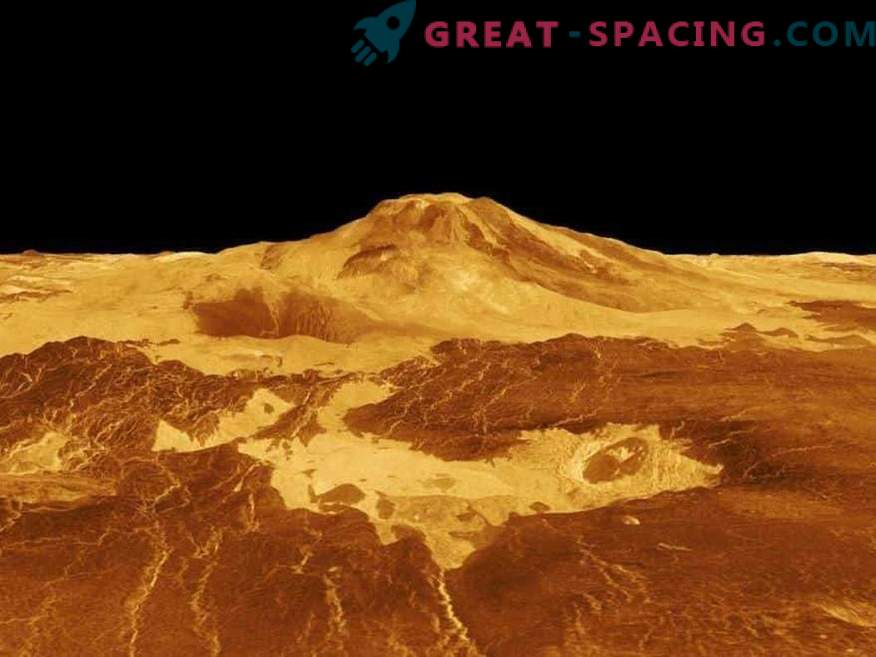
Science fiction of the 20th century portrayed Venus as a heavenly planet with warm temperatures, forests, swamps and dinosaurs. Previously, they boldly discussed future flights to the second planet from the Sun and even the creation of a colony.
In the modern world, Venus is not treated with such enthusiasm. Numerous missions presented us with a real hell with high temperatures, acid rain, the greenhouse effect, pressure and a toxic atmosphere. But this does not prevent NASA from developing a conceptual manned mission to Venus - HAVOC.
Does the mission have even the slightest chance? The temperature of the surface of Venus rises to 460 ° C (hotter than Mercury). It is above the melting point of many metals, including bismuth and lead, which are capable of falling to mountain peaks in the form of snowflakes. The surface is a barren rocky landscape consisting of vast plains of basaltic rock dotted with volcanic elements and several mountainous areas.
Solving the atmosphere
Fortunately, the idea behind NASA’s mission is not to land on an inhospitable surface, but to use a dense atmosphere. The official date of the HAVOC mission is not announced. This is a long-term plan, relying on small test flights. Now the concept itself seems possible, because humanity finally has advanced technologies. It is planned to use airships that can remain in the upper atmosphere air for a long period of time.

Once Venus was an earthly twin
Interestingly, the upper atmospheric layer of Venus is most reminiscent of terrestrial conditions in the solar system. At an altitude of 50-60 km, pressure and temperature correspond to the lower atmosphere of the Earth. Of course, one cannot do without a special protective suit, because the pressure is comparable with the top of Mount Kilimanjaro.
But the atmosphere here is dense enough to protect astronauts from ionizing cosmic radiation. Moreover, the proximity of the Sun will provide people with enough energy (1.4 times more than on Earth). Conceptual airship will float around the planet, caught up by the wind. It can be filled with gas (oxygen and nitrogen), providing buoyancy.
The atmosphere of Venus consists of carbon dioxide (97%), nitrogen (3%) and traces of other gases. Sulfuric acid forms dense clouds and creates visible brightness when viewed from the Earth. The fact is that the planet reflects 75% of sunlight. The airship should be resistant to the corrosive effects of acid. But people already have the necessary technology, like Teflon and a number of plastics, showing acid resistance.

Venus in the review of Magellan
Life on Venus?
The surface of Venus was able to display using the radar of the mission Magellan. The Soviet probes, which were the first and the only to receive pictures of the surface of the planet, also helped. The upper atmosphere attracts attention also by the possible detection of life. On earth there are species of extreme organisms that can survive at high altitude. Even in terrestrial clouds, microbes float through the air. HAVOC will be able to test the atmosphere of Venus for the possibility of life. The observed climatic conditions of the planet are created by the greenhouse effect, which turned Venus into a hellish place. While we do not believe that the Earth will repeat this story, but we have an example of what can be, if you do not take responsibility for actions. Testing terrestrial climate models and using the history of Venus will help you see what effects can lead to a similar result.











































